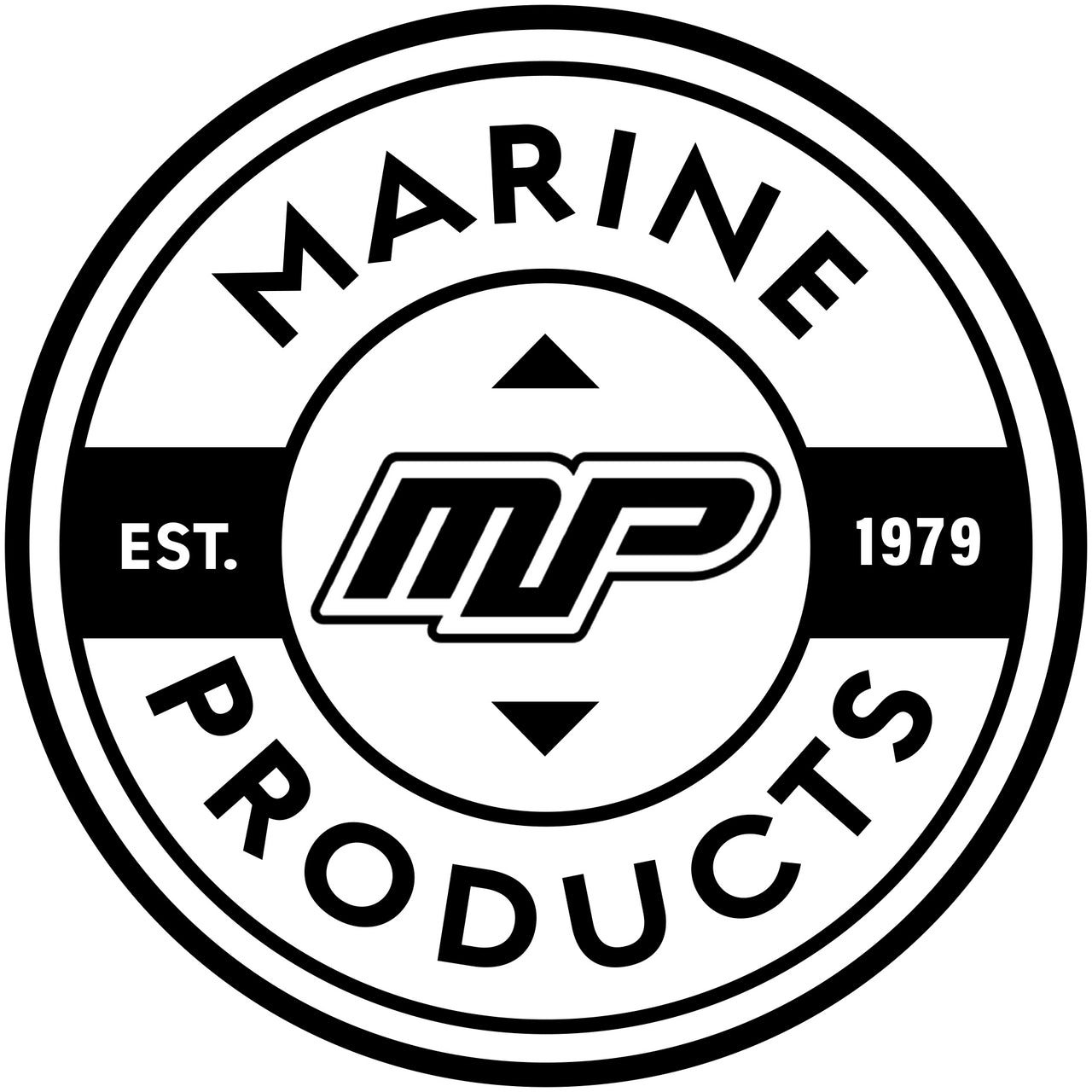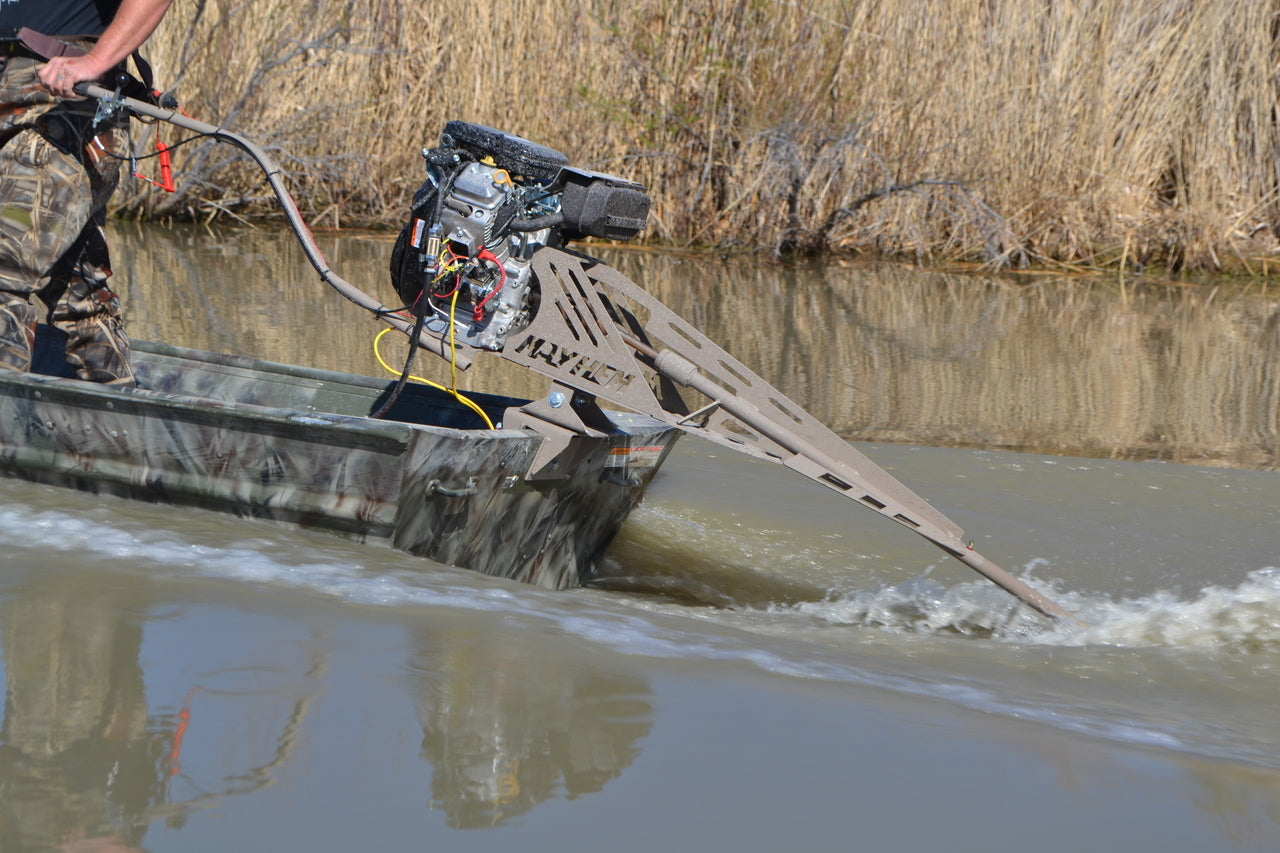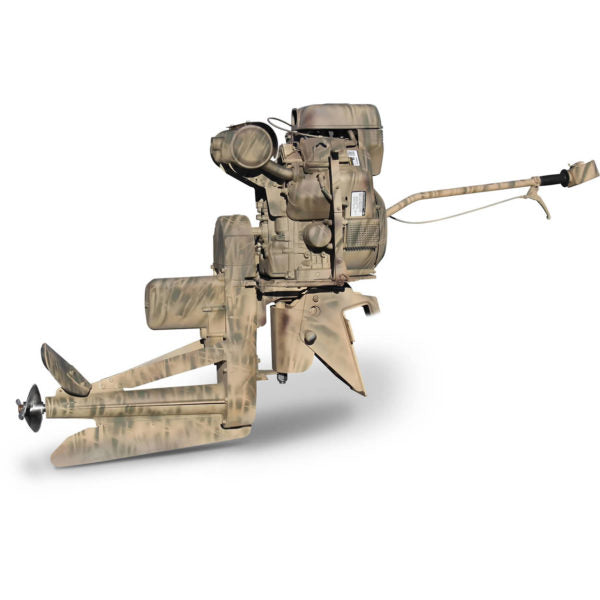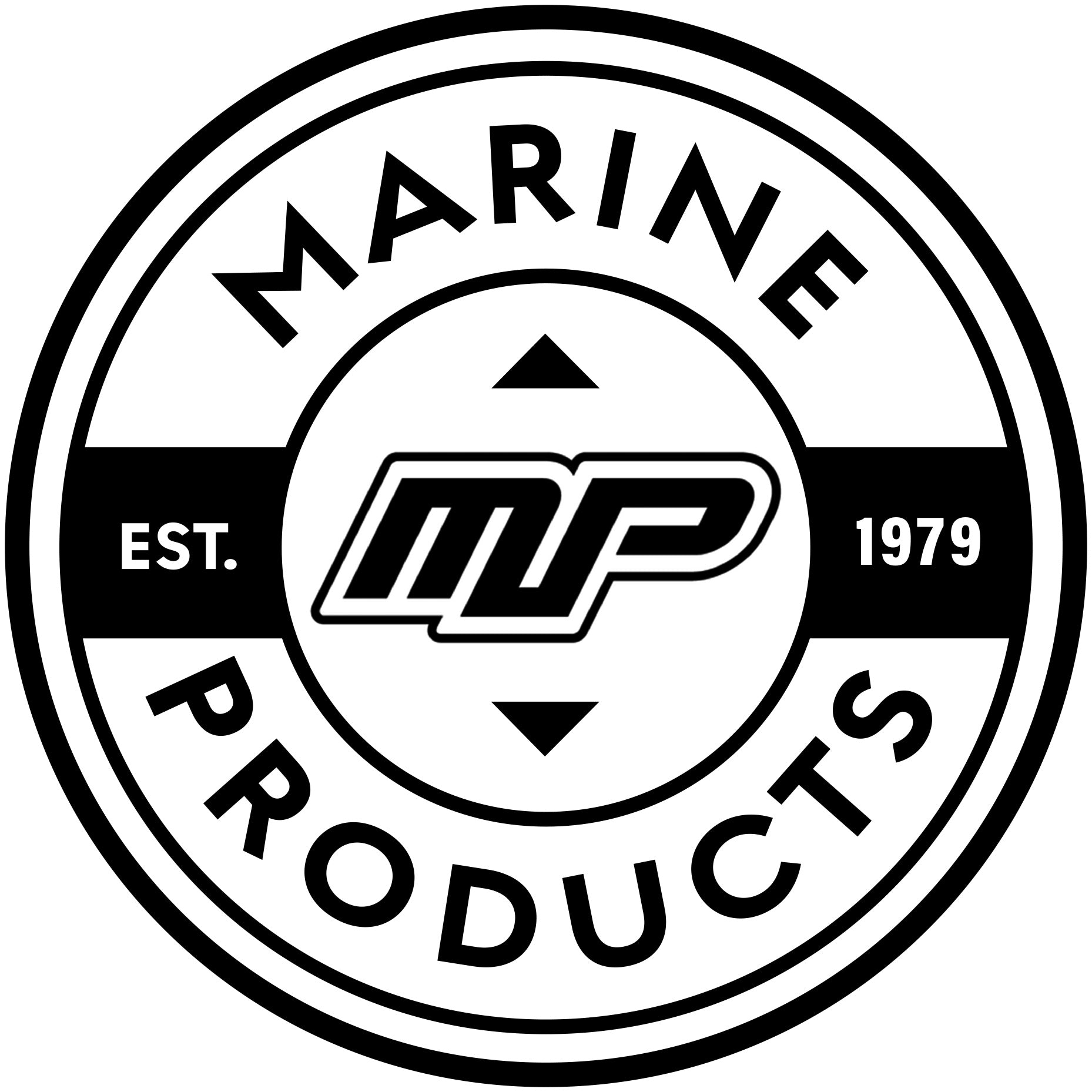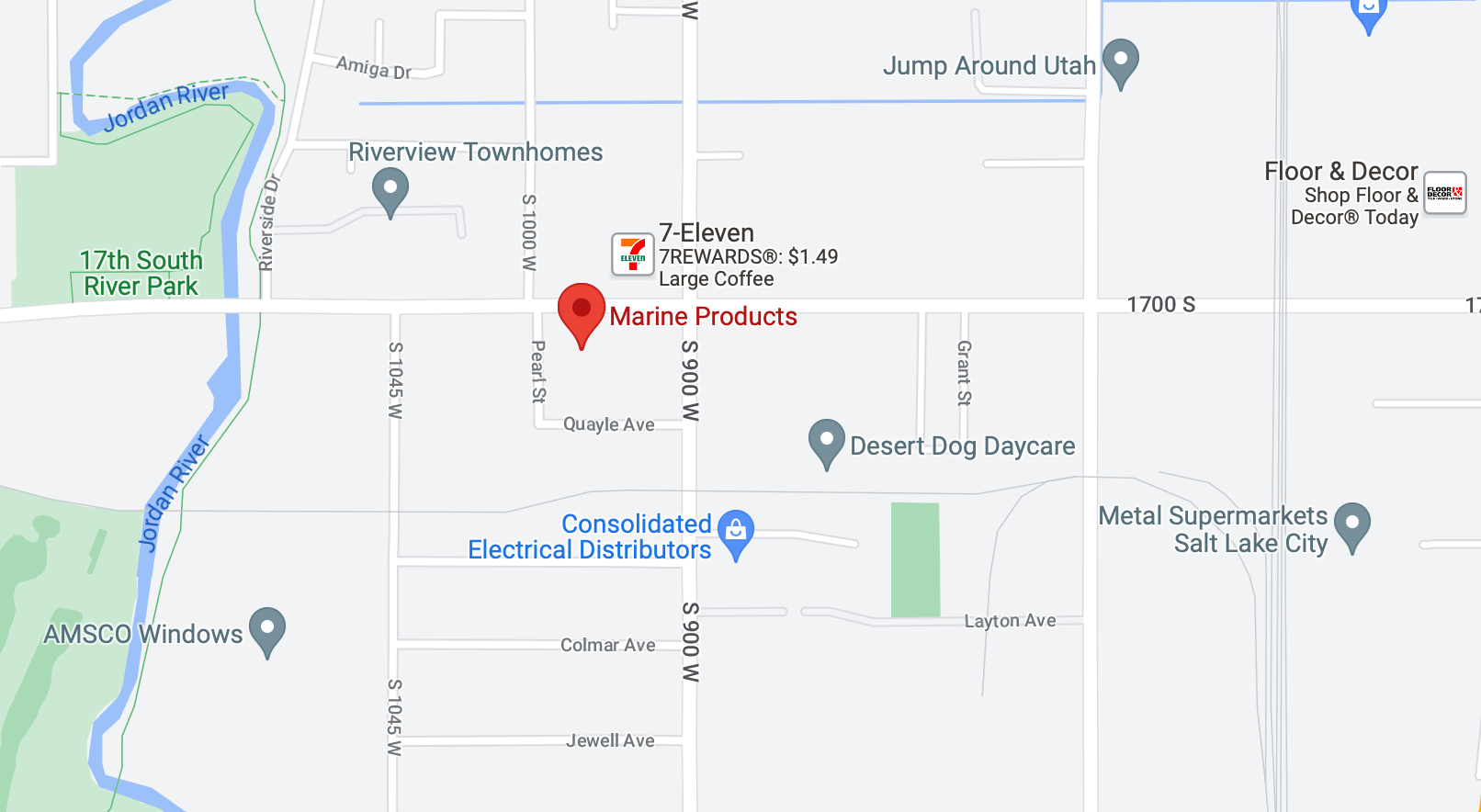
Choosing the Right Motor For Your Alumacraft Jon Boat
Utah boasts some of the best duck hunting in the US with millions of migratory waterfowl coming through the Great Salt Lake region. Some of the best hunting is in the shallow waters of the marshes surrounding the Great Salt Lake. Places like Farmington Bay, The Bear River Bird Refuge and Salt Creek are not necessarily compatible with easy boating.
Mud Motors
Your typical outboard motor could get bound up in weeds, stuck in the mud, or caught up on a submerged obstacle, and when that happens, you'll be on your own for getting your boat back out. Mud motors are the perfect solution to these problems. They're extremely powerful so you'll always have enough torque to push through that mud or cut through those weeds. They're also very durable and made from quality parts to ensure along life. There are two types to choose from: surface-drive motors and long-tail motors. This brief guide will show you the advantages, disadvantages, and proper use of both.
Long-Tail Motors
Long-tail motors are easily spotted by their unique and unmistakable shape. They can have a driveshaft up to 72" long, which puts the propeller several feet away from the actual boat itself. These motors are great in the shallowest water and mud. They'll hop right over submerged obstacles, and rarely get bound up in weeds. Some refer to these motors as the "four-wheel drive of boating." The long propeller features a balanced fulcrum, which makes it easier to move the prop or lift it out of the water. If you do get stuck, the long bar of the driveshaft can essentially be used as a pry bar to help pull you out of the mud. In the roughest conditions, these motors always perform admirably. It's worth noting, however, that this type of motor is relatively slow on open water.
Surface-Drive Motors
Surface-drive motors are another form of mud motor preferred by those who have longer trips in slightly deeper water. Like long-tail motors, surface-drive motors perform very well against mud, weeds, and obstacles. Surface-drive motors have a much shorter driveshaft than long-tail motors. There are advantages and disadvantages to this design. In slightly deeper water, surface-drive motors develop more power and speed, making their top speed as much as 10-15 mph higher than a long-tail motor. The shorter driveshaft doesn't offer quite as much reach during the most rugged conditions. Some say that surface-drive motors are more likely to get stuck in the mud, and because of their design, they offer less leverage for getting out of those situations.
New Beavertail Surface Drive Motors For 2019
For the 2019 season, Beavertail has announced the release of the new Mag Torque surface drive motors. These motors are the latest innovation from the team at Beavertail. You may wonder what makes the Mag Torque motor different from other surface drives?
Let me start with the weight. Beavertail put the Mag Torque surface drive on a diet shaving 75 pounds. This means less weight in the boat, about the equivalent of a full tank of gas and the battery, specifically less weight on the transom allowing your boat to run shallower and faster.
How Beavertail Reduces Weight
They started with an aircraft grade aluminum frame and housing. The high strength, lightweight, corrosion resistant alloy (6061-T6) keeps the Mag Torque motors down to their fighting weight (23 hp 177 pounds and 35 hp &40hp 225 pounds) while delivering years of reliability in some of the toughest conditions.
The Mag Torque Surface Drives are easy to operate with one hand, no more fighting the motors and getting a workout on your way to your hunting spot, With the CMC hydraulic trim and tilt the Mag Torque motors will dig in and get you moving. The hydraulics are all self-contained, with a wiper for self-cleaning on the rams and a no-leak seal, making them submersible and corrosion resistant. The Mag Torque motors will deliver years of maintenance free service.
Now the Magic of the Mag Torque series is the magnetic synchronous coupling. Traditionally moving the power of the motor to the prop is done via belts and gears. The magnetic synchronous coupling gets the job done with no loss of power. The magnetic coupling also reduces/prevents vibration transmitting through the drive shaft. Basically, the magnets keep things spinning without power loss and keep the vibration away. This is a dry system (no transmission fluid) that will never have any fluid leaking out and is virtually maintenance free. This system includes REVERSE. That is right reverse is available on all of the Mag Torque series motors including the 23 hp.
For the avid duck hunter that wants to maximize the utility of their duck hunting rig the Mag Torque series is for you. Get the performance of an outboard for the big waters while you enjoy the swamp busting power you need for those skinny waters of Farmington Bay and The Bear River Bird Refuge.
The Right Motor For Your Boat
Choosing between these two motor designs will depend on the type of applications you use your boat for and the specific areas you boat in. If you tend to take shorter trips in shallow waters, the long-tail is probably your best bet. Marshes like The Bear River Bird Refuge are often best navigated with a long-tail thanks to its low-speed and exceptional versatility in very shallow water and mud.. Longer trips in the slightly deeper waters of the marsh, across rivers and lakes might be better suited for surface drive motors. Even if you find there are lots of weeds in your area, surface drive boats often have sufficient power to cut right through them.
For expert advice on choosing the right motor for you call or stop by Marine Products. Our Pro-Staff will listen to your needs and ask you questions to help you find the right setup to meet your expectations.
